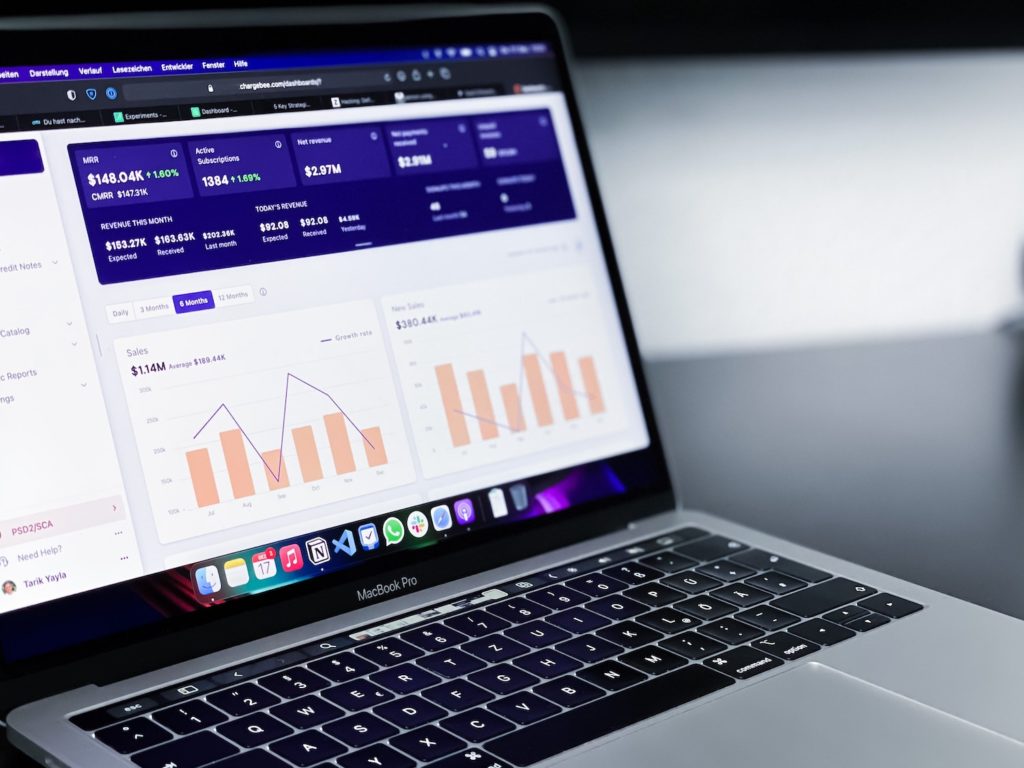Whether you engage with leads through social media and organic search, or prefer cold calling a list of prospects—there are countless ways to drive sales.
But when we get down to the bare bones, it all comes back to data. In fact, using data to boost sales is one of the most foolproof methods for gathering leads and closing those deals.
To understand how we collect data to drive our sales, we’ve created a Data Insight Cycle. We track the data, and from there we can analyze it in order to gather insight into buying patterns. It’s essentially used to inform improvements in marketing, coach our sales team, and help aid in product development.
We’ll give you a rundown of how we collect data, and how we use it to better our business practices.
Collecting Data Efficiently
Data collection can be a cumbersome procedure. Luckily, we can help to streamline the discovery process by pinpointing the metrics we need.
Let’s say we want to gather information on what our prospects are willing to pay for. In this case, our sales team can gather and record the information we need by talking to them. This could include:
- Whether they want a monthly or annual payment plan.
- How much they will pay-per-seat.
- Any implementation or training services they want to add.
- The value of those services.
- What industry vertical the lead or prospect is in.
- Their geographic region.
- The source of the lead (marketing event, email campaign, blog, etc.)
- Whether the lead came from affiliates (referral partners, sales consulting organization, etc.)
Data as a Coaching Mechanism
Once you gather your data, you can use it to look at trends around your product. You can use it to look at what’s working, and what you can improve on with the sales process, the product, and the company.
For example, the data we collect has been able to help us to implement better educational content on our website. We also gather information about clients’ geographical location, which has helped us to identify trends related to where the leads are coming from. Through this data collection and analysis, we can better assist our sales team with optimizing leads.




